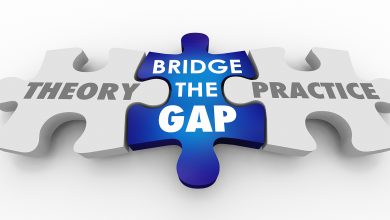Unique ways to consider the dictation for class 3:

Many instructors see dictation as archaic, a vestige of the grammar-translation technique that dominated language instruction until a final couple of decades of the twentieth century. For many individuals, it conjures up unpleasant recollections of tedious, uncommunicative, and often challenging classes where the emphasis was entirely on linguistic precision.
However, if you take the time to consider what dictation indeed does, you’ll discover that it’s a very adaptable activity. It emphasizes listening and writing abilities and a variety of sub-skills within the latter, ranging from letter formation through spelling practice for adults, punctuation, and layout. In a nutshell, it provides practice in almost everything. The only ability not included in these criteria is conversing. However, it may practice this as well if dictation treats differently.
Also check: vipbox sports
The first point:
To begin, evaluate who is dictating the message. Traditionally, it has been the teacher’s responsibility, so why not include the students? To begin, you may have one or more students dictate the material to the entire class. Alternatively, you may have pupils work in small groups, with each member dictating a piece of the material for the whole group. This learners’ performance to listen to one another emphasizes the significance of accurate pronunciation and, in an optimal situation, aids in promoting English spell quiz used in a single class.
The second point
As an alternative, the very well ‘running dictation’ approach might be used. When used selectively (i.e., not in every lecture), this may be a very inspiring and enjoyable lesson for pupils.
Select a brief piece that is level-appropriate, rich in vocabulary, and indicative of a grammatical topic you are currently working on. (Some instructors choose to use the first paragraph of a book they want to work on to introduce the subject.)
Prepare 2 – 3 duplicates of the material and tapes them to the staff notice or class wall so that pupils cannot study them from school desks. The messenger’s role is next to approach the text, read it, and remember a portion of it. After that, they return to their group as well as dictate the amount. Others jot it down.
The messenger then continues this procedure till the whole text is the record. You may make this exercise a race that adds excitement, but be cautious since it might get deadly if the pupils get carried away! Once all groups have finished dictating, they may compare their versions to the original text.
The Third points
Another kind of dictation for class 3 student-centered is the jumbled tale approach, in which a member of the group receives a phrase from the story in a random manner. They are then required to dictate their word to the remainder of the group, deciding on the proper sequence for the sentences.
Fourth point
Additionally, it may utilize dictation to foster the ability to infer from context. Start by removing 10 to 15 words from a brief text. These may be random or focused on a specific word class, such as verbs. Continue reading the dictation to that same class type, but whenever you get to a gapped word, say ‘gap.’ The pupils are then needed to utilize the context to come up with an acceptable term to fill each gap.
Consider dictating a sentence without grammar and then assigning pupils to work in teams to punctuate the text correctly.
The fifth point
Lastly, there is the dictation variant known as ‘dictogloss.’ You instruct the kids in this exercise not to write something while repeating the dictation. Reread the line twice, if necessary. Then request that they write. It did not require them to recreate the original phrase word for word in this exercise but rather to construct a paragraph of English that better approximates the original’s meaning and is consistent with the pattern or structures employed in the original. One option to move ahead is to invite them to combine their thoughts in subgroups until they agree on a composite response. Some instructors use this strategy to contrast tenses — for example, past simple vs. past continuous.
Conclusion:
Overall, dictation is a beneficial and adaptable practice. You may use it to develop a new structure, provide the opening paragraph of work, revisit a particular area of vocabulary, summarize a studying or listening exercise, and practice various aspects of grammar. Students will likely appreciate dictation if it is correctly connected to the class and has a specific objective. That’s why it is compartmentalized and used as means to a goal that becomes tedious and a loss of effort.




